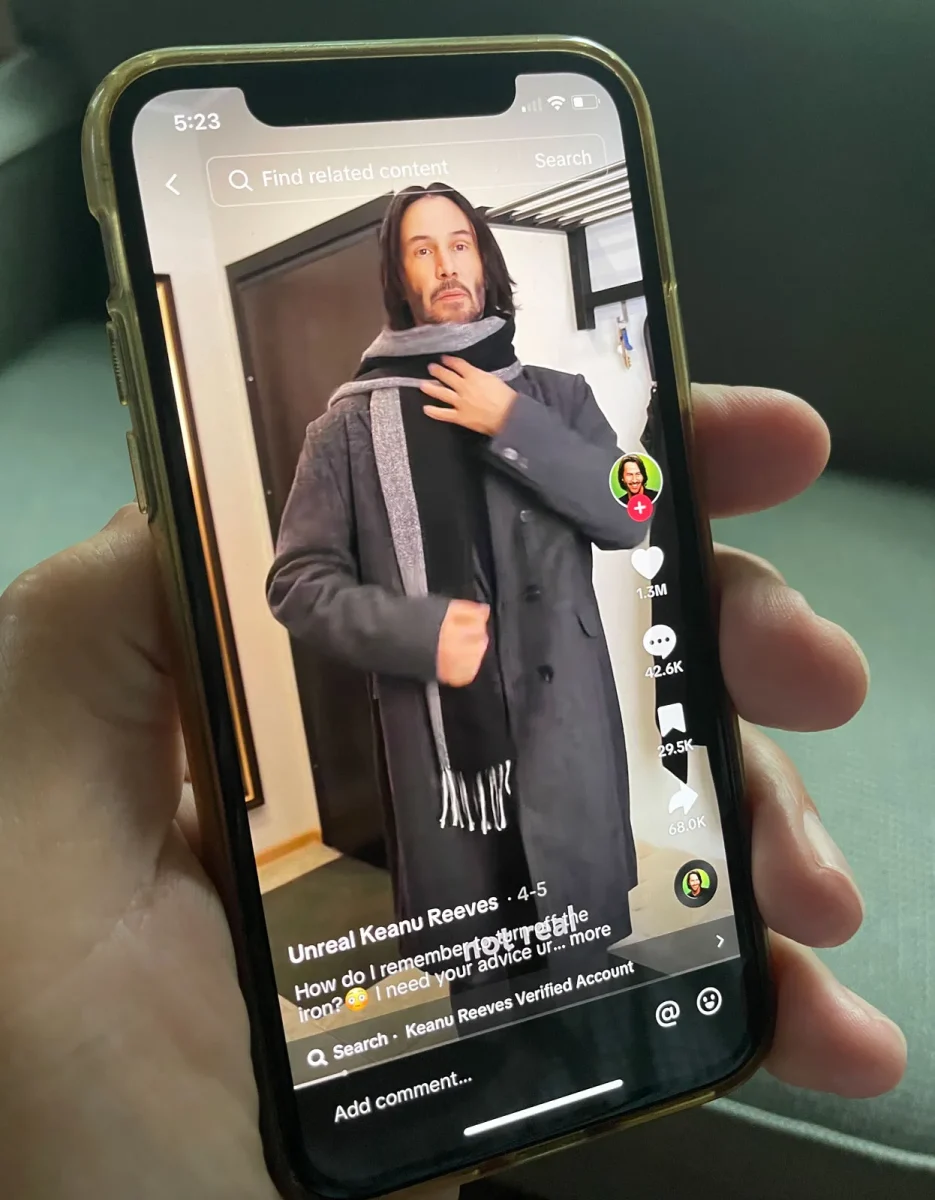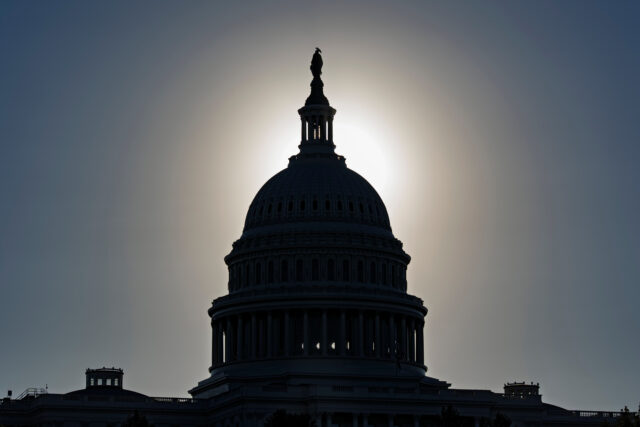Teen voters not ready
October 24, 2016
The American people, including the student body, is unwilling to cast their votes in the upcoming election on Nov. 8.
According to the Wall Street Journal, the vast majority of voters cannot name their congressman or any congressional candidates. Almost half of American adults cannot name their vice president, and 45 percent do not know that each state elects two senators. With such little basic knowledge on how the system of government works, there is a clear indication that voters are uninformed.
Even voters themselves know how poorly informed many of their peers are, with a staggering 83 percent, according to a 2014 poll by Rasmussen Reports, believing that people fail to fulfill their responsibility to learn more about what they vote on.
This is happening despite an increase in the level of education of the American populace over the past four decades, with 88 percent now completing high school compared to 57 percent in 1971, according to the Pew Research Center. If the average level of education is increasing, the knowledge an average voter should be increasing too.
Unfortunately, this is not the case. While the public repeatedly prides itself in the wealth of information available to people now on the internet, another Pew Research survey shows that the majority of the public is ignorant when it comes to how our government budget is spent. Only 20 percent of Americans realize that Social Security accounts for more federal spending than foreign aid, transportation and debt interest combined.
Voters know so little on hot button issues like the federal budget that they cannot possibly know enough on where candidates stand on these issues and which candidate to support in the election. The startling reality is that they do not know where to begin, at least not until they are educated.
Those that are educated make a more well-informed decision when they select their choice for president, since they know what a candidate will move to enact during his or her term, what ideas he or she stands for, and what their own future will look like under the next president.
Unsurprisingly, these voters who know what they want in their president are more likely to vote. An October 2006 survey by the Pew Research Center shows that those who have a higher level of education are more likely to vote than those with less.
It is crucial for voters, especially the younger demographic, to express their opinions and views for the future by voting for their next president. The next four years, whether spent in college or beginning a career, will be pivotal in the development of their lives. There are very few drawbacks to registering to vote and voting.
The most common excuse for not voting, that registering takes too long, has been combated recently by a YouTube campaign called Register to Vote in 1:34. The average time it takes someone to register is merely 94 seconds, or a minute and thirty four seconds, debunking the perception that it is too time consuming. The campaign features a variety of celebrities from YouTube and Hollywood doing trivial things that take longer than registering to vote, showcasing the ease of registering to vote.
Recent outreach to youth through viral campaigns like Register to Vote, combined with the availability of information to decide how to vote should spur growth. The population continues to see, though, that it is not enough. Youth are still the lowest-voting demographic, with a meager 19.9 percent of those ages 18-29 voting in 2014. This year, with the future hanging in the balance, citizens must get out and vote.







